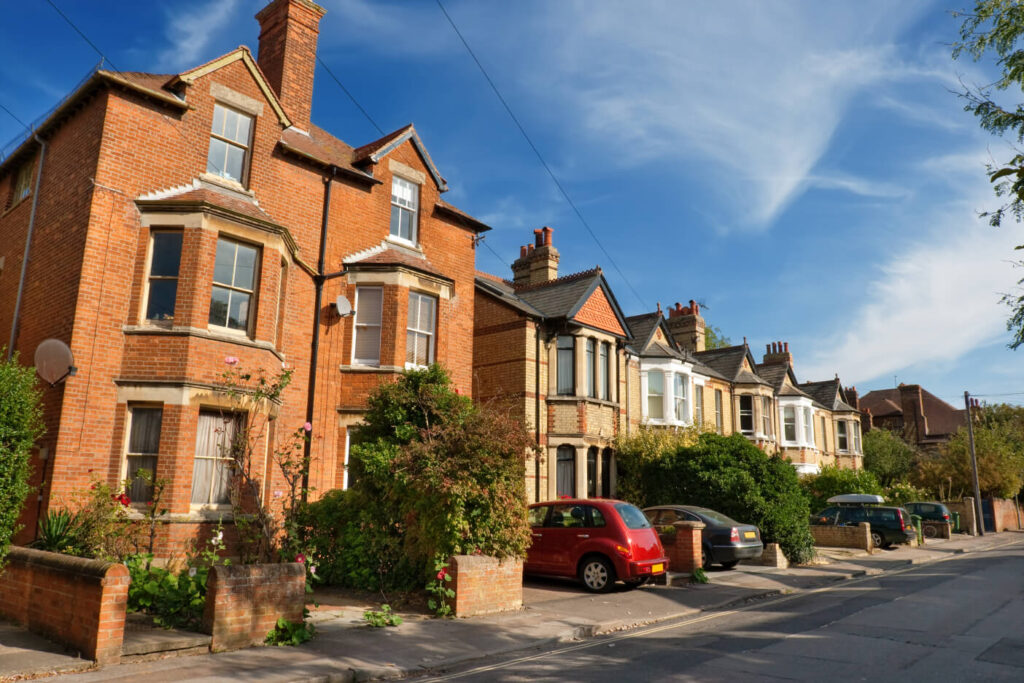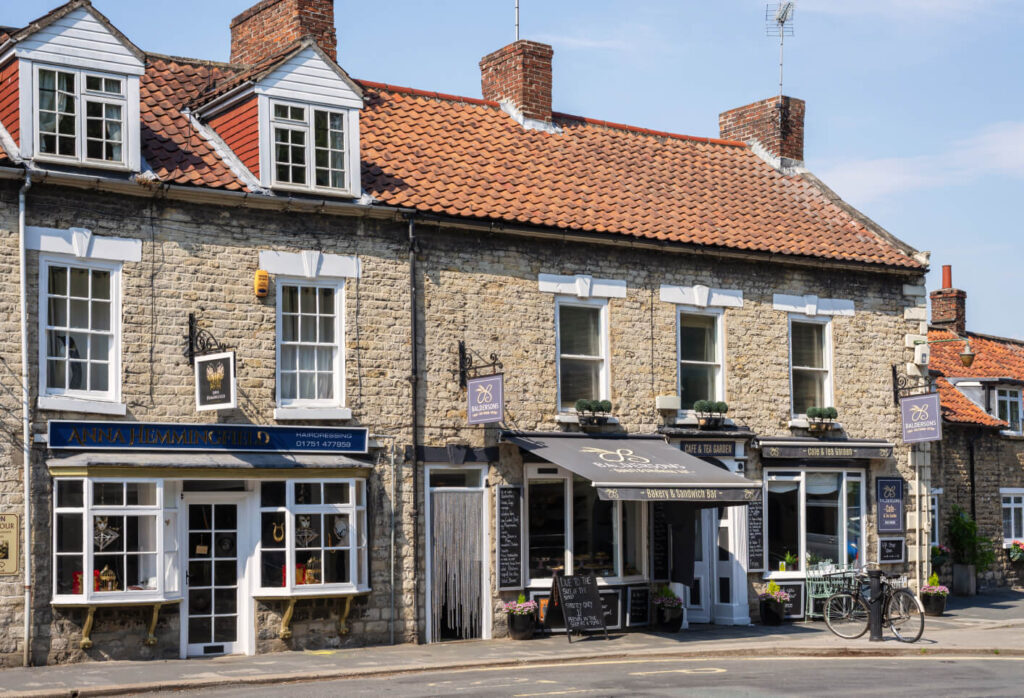
Windows are a classic feature when it comes to period properties and without them, the house could lose character and charm.
However, old wooden windows are almost guaranteed to be single glazing and are known for having issues with draughts, which means they’re less likely to maintain the home’s heat and, in turn, ramp up utilities and increase your carbon footprint.
Today we look at how to make old wooden windows energy efficient with a focus on sash window restoration.
It might be time for repairs to your window frames
Before thinking about sash window double glazing or draught-proofing, consider repairing your sash window frames. It’s still cheaper than replacing an entire window, and quite honestly the starting point for any sort of restoration.
Without undertaking repairs to the wooden window frames, there would be little point in draught-proofing or installing double glazing.
Partly decayed wooden frames might not be able to support the extra weight of double glazing.
Since the timber holds everything together, it is important to ensure it is in sound condition.
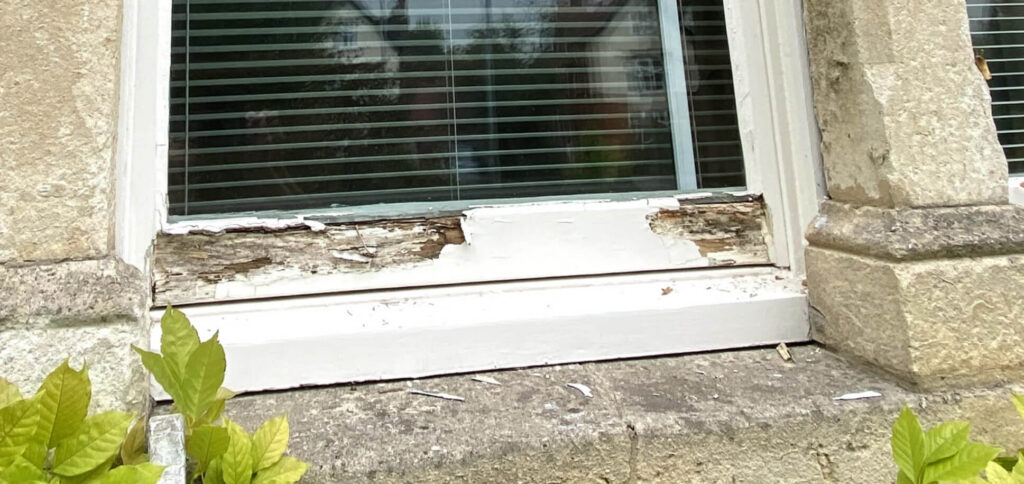

The great thing is, by simply revitalising your windows, you can expect enhanced aesthetics alongside increased energy efficiency whilst still preserving the traditional charm.
It’s also worth checking on your locks and fasteners, especially with sash windows where keeping them sealed securely is half of the battle won in saving energy.
Think about double glazing retrofitting
Historically, before the days of double glazing, homes had wooden shutters built on the inside and when shut, offered some protection against draughts.
Later, this would become heavy curtains or roller blinds and yet, nothing quite compares with the insulation of double glazed windows.

Switching from single to vacuum-insulated glazing won’t affect the look of your windows and, when done properly, won’t change your home’s aesthetic.
Unlike traditional double glazing, which relies on gas that slowly evaporates and loses efficiency over time, vacuum glazing removes air between the panes to create a vacuum. This makes it thinner while still effectively retaining heat without degrading over the years.
If you’re considering double glazing, we highly recommend professional installation, as the windows will need to be removed.
Draught-proof your window
It’s always important to remember that wood is an organic material and over time could swell, shrivel, flake or decay.
It also isn’t unusual for wooden windows to warp, which often leaves your frames with gaps that result in draughts. With warm air escaping and cold air rushing in, keeping your house warm can become an uphill battle.
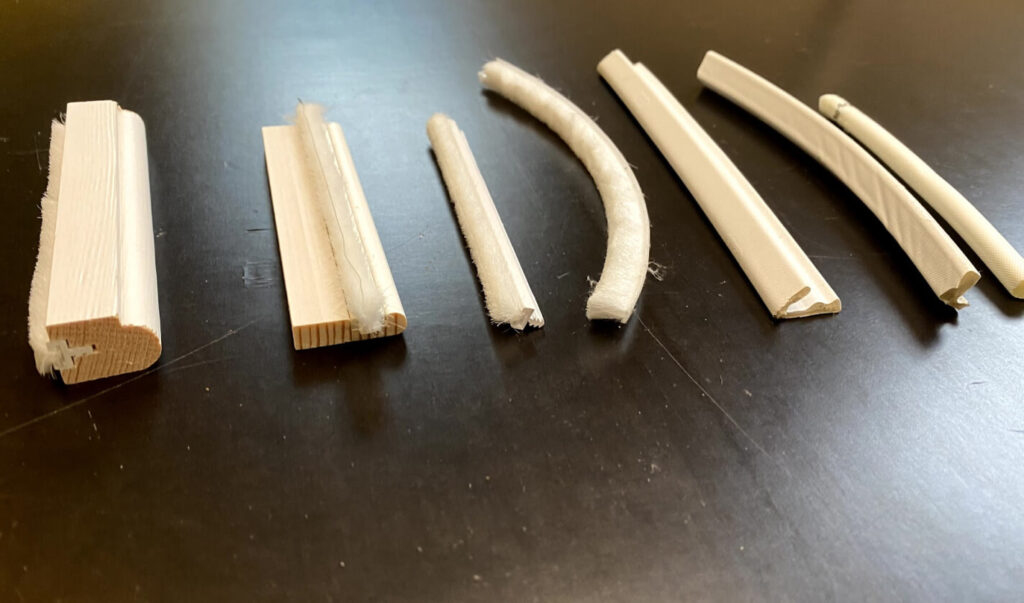
Luckily, there are plenty of affordable sash window draught-proofing solutions.
The most common way of sealing up those gaps is to simply use draught-sealing strips and compression seals.
However, it’s important to retain ventilation where it’s needed. Don’t accidentally seal up trickle vents, and keep ventilation in high moisture rooms.
When you’re using strips, it’s best to cut them to the exact size.
Too long could scrunch them up, making it very difficult to open your window and too short won’t seal the gap properly. For sash windows, it’s also best to use the metal or plastic strips with bristles.
Read more articles
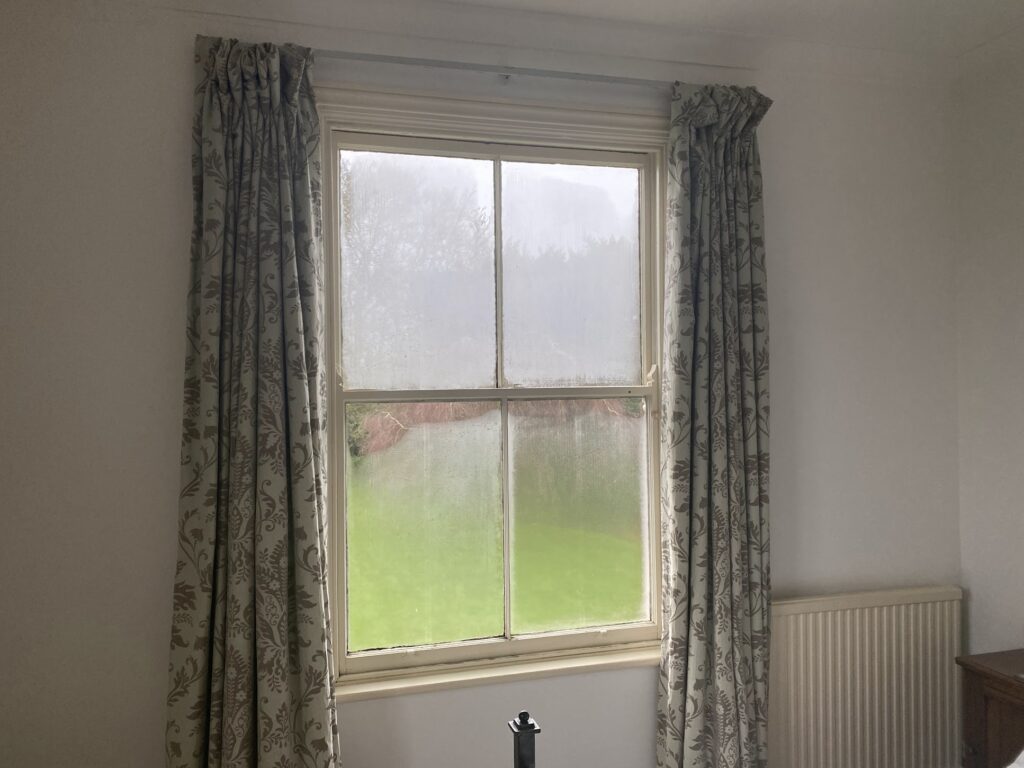
Single glazing condensation and how to fix it
Single glazing condensation and how to fix it
Common timbers for windows
Common timbers for windows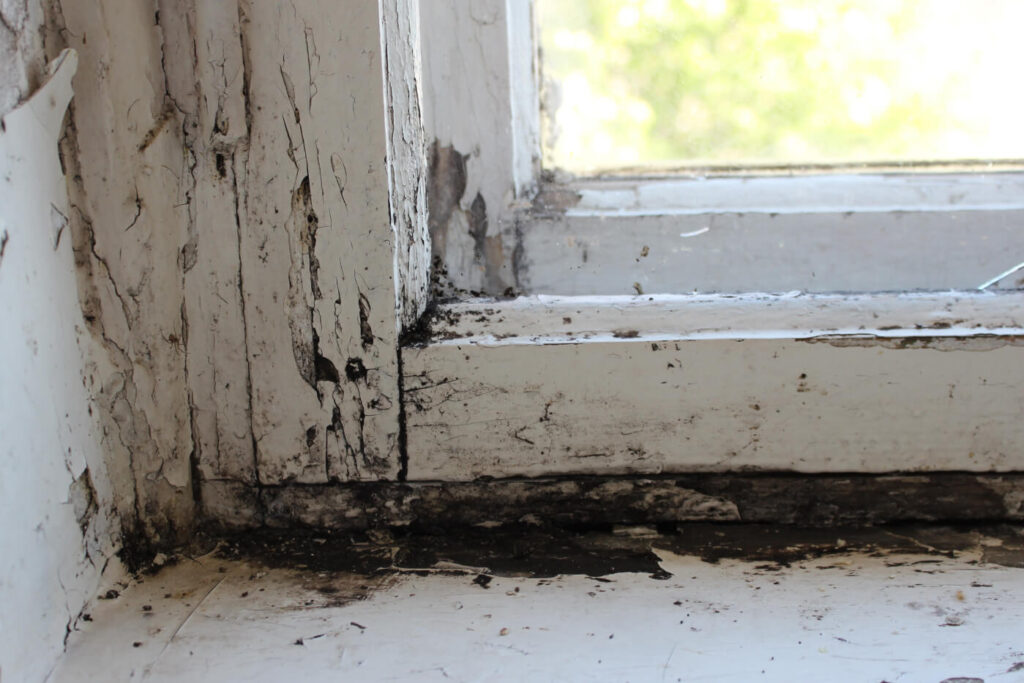
Black mould on windows
Black mould on windows